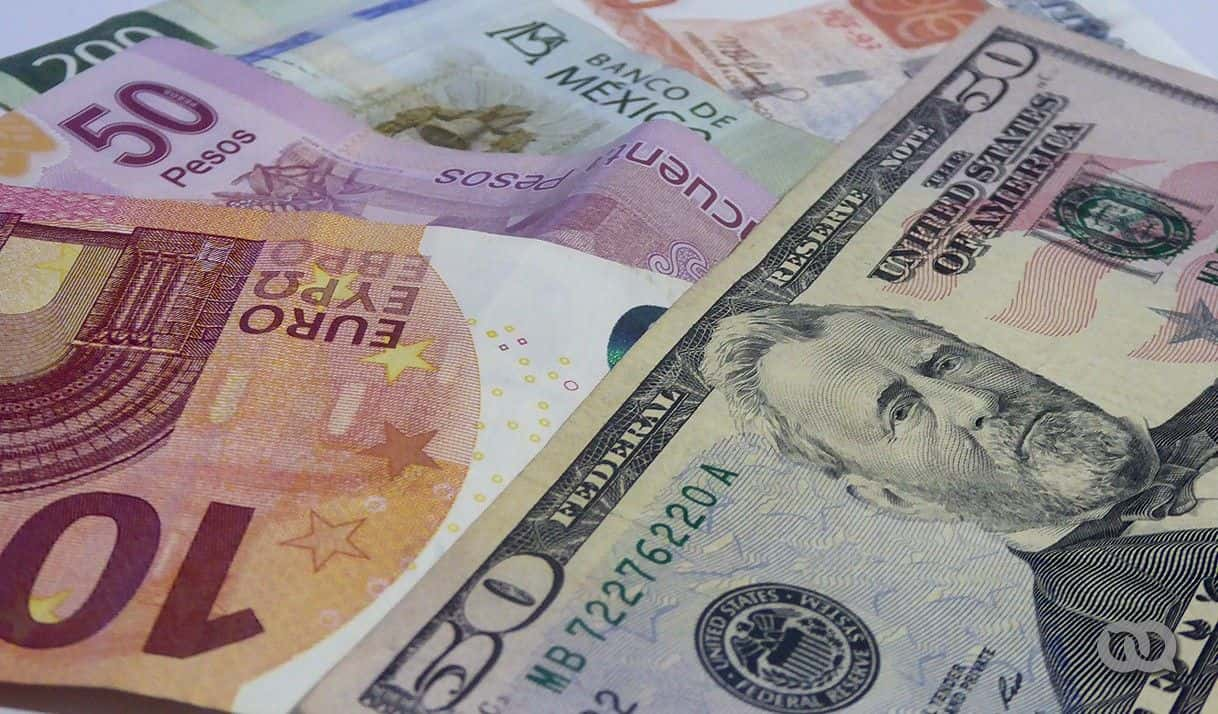In 2025, exchanging foreign currency in Cuba—whether dollars, euros, or other denominations—remains a complicated process shaped by scarcity, bureaucracy, and informality. For both residents and visitors, understanding how the official exchange system works and what alternatives exist outside it has become essential.
Where and How to Exchange Currency Legally in Cuba
Cadeca (Casas de Cambio S.A.) remains the government’s main authorized exchange service. You'll find their offices in airports, tourist areas, hotels, and major cities. Overseen by the Central Bank of Cuba (BCC), Cadeca publishes daily official exchange rates on its website and social media platforms.
Since the pandemic, digital appointments are required and must be booked in advance through apps like Ticket or MiTurno, the latter being part of the state-run Transfermóvil platform.
Here’s how the process works:
- Download and access MiTurno via Transfermóvil.
- Choose your province and preferred Cadeca branch.
- Pay a 10 CUP administrative fee to reserve your time slot.
- Wait for confirmation via SMS or app notification.
- Show up with your ID or passport at the scheduled time.
- Purchase up to $100 USD or its equivalent in another currency.
Customers can opt to receive their funds in cash or have them deposited onto their MLC (freely convertible currency) card.
According to Julio Antonio García, Director of Support and Development at Cuba’s telecom company Etecsa, the 10 CUP fee is paid directly through the app using your PIN and linked bank account—if you bank with Banco Metropolitano, Banco Popular de Ahorro, or Banco de Crédito y Comercio.
Availability and Limitations
Availability varies by location and day, but in most cases, there’s no foreign currency available for sale to the public. Even when slots are available, reaching the maximum purchase amount is rare. In fact, many users wait months—or even over a year—for a valid appointment.
Residents from three different provinces told elTOQUE that as of July 2025, the wait time to buy foreign currency through Cadeca exceeds one year:
“My appointment in San Antonio de los Baños took more than 18 months,” said a resident from Artemisa.
A Santa Clara local noted, “You’re lucky if you get one appointment a year.”
“In Trinidad, I waited over a year and two months,” reported another source.
Economists say this bottleneck exposes Cadeca’s structural flaws.
Cuban economist Mauricio de Miranda, from Javeriana University in Cali, Colombia, argues: “As long as the official currency market doesn’t reflect real supply and demand, an informal market will continue to thrive.”
He suggests legalizing and regulating private exchange houses to compete transparently with the black market.
The Informal Market: Cuba’s Parallel Currency System
As demand for foreign currency continues to outpace what Cadeca can provide, the informal market has exploded. On the street, U.S. dollars can cost nearly three times the official rate (set at 120 CUP), but they’re easier to get and faster to acquire.
According to elTOQUE, which tracks daily informal exchange rates, the U.S. dollar traded above 380 CUP in July 2025.
This gap between official and informal rates fuels serious economic distortions. As economist Pavel Vidal explains, “Until there’s a functional and transparent exchange market, the informal one will fill the void.”
In an interview with Diario de Cuba, he added: “You can’t maintain a credible exchange rate policy if the central bank lacks modern tools and access to hard currency remains restricted.”
How the Informal Market Works
There are two common methods to exchange currency informally:
- Through contacts on social media.
- Face-to-face, often near Cadeca branches.
Tourism-sector workers—such as taxi drivers and hotel employees—frequently act as intermediaries, offering rates more favorable than the official ones.
Still, informal exchanges come with significant risks.
In July 2024, authorities in Villa Clara dismantled a ring of four women accused of defrauding people in illegal currency transactions.
Later that year, during an episode of the Hacemos Cuba TV program, Colonel Alex Álvarez Palmeiro, head of the Ministry of the Interior’s Criminal Investigation Department, warned of a spike in digital scams linked to the exchange of foreign currency via social media.
Recent Changes and What’s Ahead for 2025
At the end of 2024, the Cuban government introduced several changes aimed at streamlining and modernizing the foreign exchange system.
The most notable was the transition from the Ticket app to MiTurno, aiming to reduce fraud and simplify access via Transfermóvil.
Officials also announced plans to implement a floating exchange rate system similar to the one used in the informal market. Under this model, Cadeca would adjust its rate daily based on internal benchmarks from the Central Bank.
Cuban Prime Minister Manuel Marrero Cruz stated before parliament that this new floating-rate exchange system would launch in the second half of 2025—though no firm date has been given.
Still, none of these reforms have addressed the core issue: Cuba’s chronic shortage of foreign currency.








Comments
We moderate comments on this site. If you want to know more details, read our Privacy Policy
Your email address will not be published. Mandatory fields are marked with *